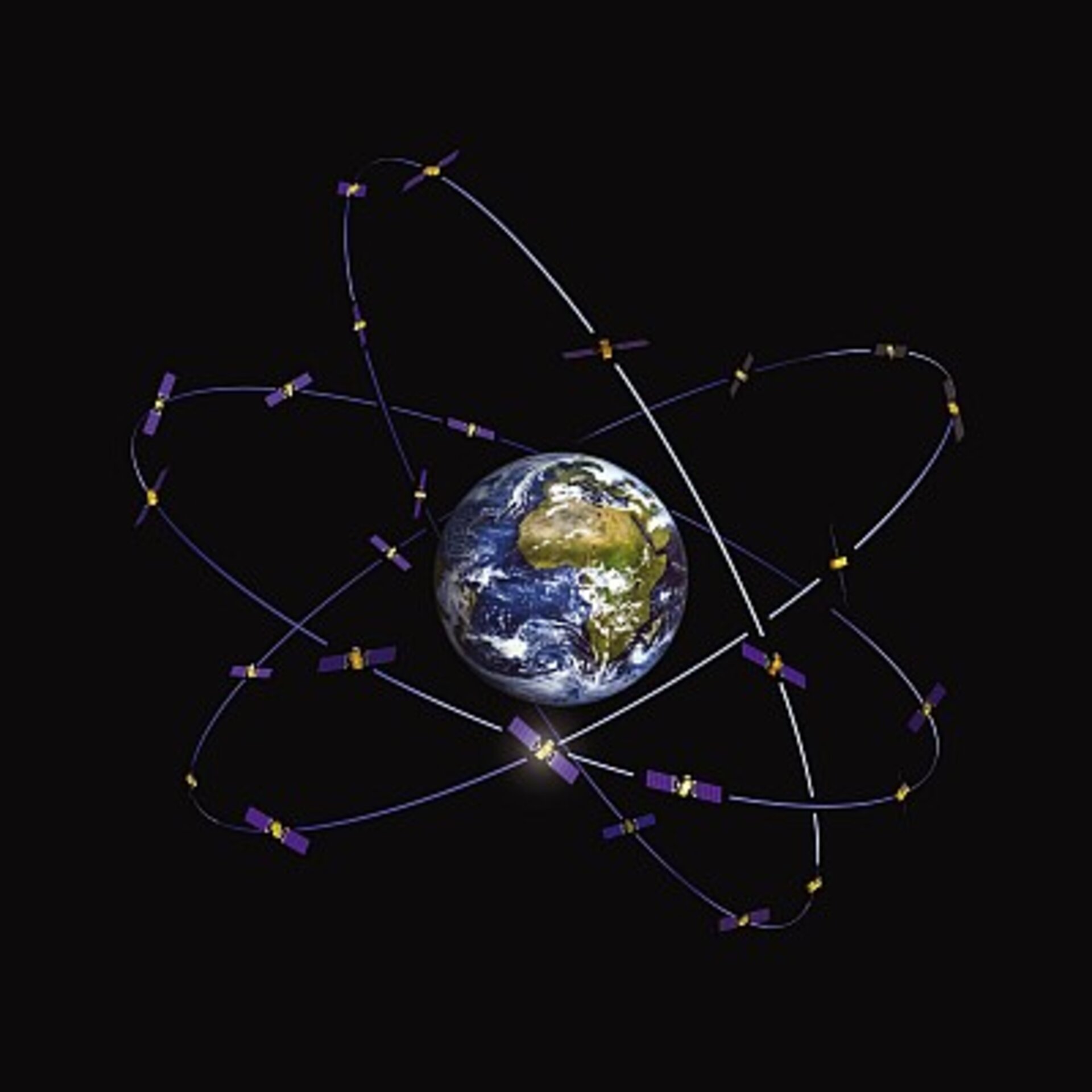Innovative satellite navigation receivers for space applications
Real-time spacecraft navigation based on spaceborne GPS receivers is becoming a common technique for low-Earth orbits and geostationary orbits, allowing satellites to self-determine their position using Global Navigation Satellite Systems (GNSS), reducing dependence on ground-based stations.
Alcatel Space and Austrian Aerospace are developing, under ESA contract, two different GNSS space receivers. These developments will make important contributions to a wide variety of applications, focusing on satellite communications, but also allowing anything from altimeters and scatterometers (devices used to measure surface parameters) to launchers and Earth observation.
Though parallel and with the same ultimate objectives, the approaches of the two companies are quite different. Alcatel is using their L1 Topstar 3000 receiver and developing some new key components for its baseband processing and radio frequency front-end, with a high DC/DC converter miniaturisation. This receiver is expected to fly on-board the Proba2 mission by the end of 2006.
The Austrian system incorporates entirely new components and can be integrated in a flexible way, allowing the implementation of all types of GNSS receivers (GPS, GLONASS and GALILEO) with the characteristics of miniaturization, low-power consumption and multi-mission flexibility. This development is expected to be completed in July 2008.





